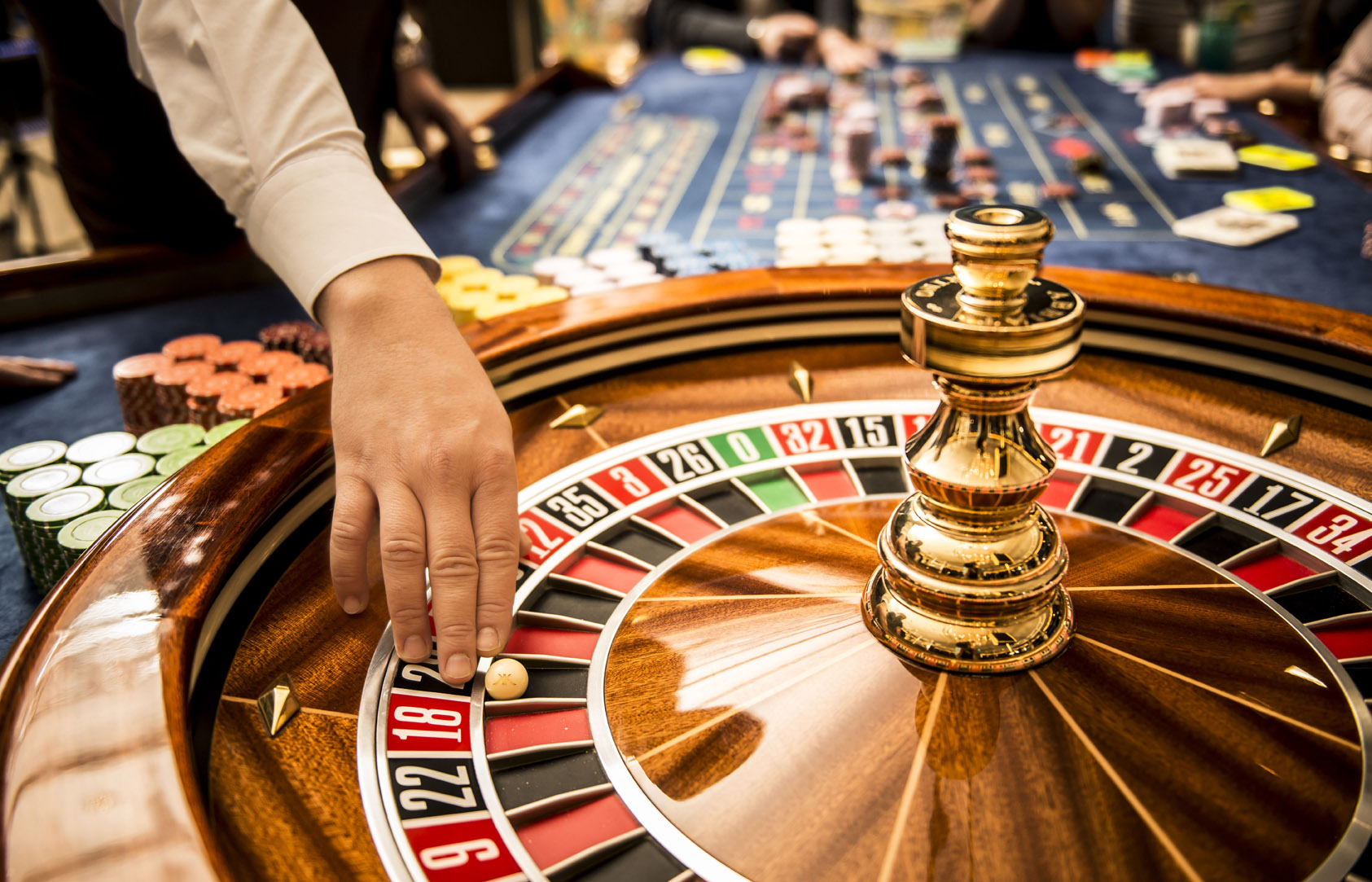
In a lively and thrilling world of gaming establishments, where luck and strategy intertwine, hues and design play a key role in attracting players. From the moment visitors step into a casino or log into a gaming platform, they are immersed in a visual feast that captures their attention and lures them to explore further. Bright colors, captivating graphics, and creative layouts are carefully crafted to create an environment of excitement and anticipation, ultimately improving the gaming encounter.
While players move through the dynamic landscape of casino games, they come across a variety of designs that not only serve aesthetic purposes but also affect feelings and choices. Colors like red and yellow symbolize wealth and luck, while soothing blues and emeralds can create a more tranquil environment. Understanding how these elements work together enables casinos to create an inviting and stimulating atmosphere that encourages players to engage with the games, invest additional time at the tables, and increase their overall enjoyment.
The Science of Hue in Gaming Establishments
Color plays a key role in the development of gambling games, influencing players’ feelings and behaviors. Bright and vibrant hues, such as scarlet and gold, are often used to incite enthusiasm and capture attention. These shades create a feeling immediacy and energy, encouraging players to involve themselves more enthusiastically with the experience. By intentionally selecting colors, developers aim to elicit feelings of joy and excitement, which can enhance the total gaming experience.
Various hues also have psychological associations that can affect how gamblers perceive their possibilities of success. For instance, emerald is often associated with fortune and prosperity, making it a frequent choice in activities like the roulette wheel and poker tables. This link can cause gamblers to feel more optimistic and confident in their play, ultimately motivating them to bet more. Grasping these associations allows game creators to create environments that enhance player satisfaction and engagement.
Moreover, the layout of gaming interfaces often uses color gradients and differing hues to direct players’ actions. For example, winning outcomes may be accentuated with striking, contrasting hues, creating a visual reward. This method strengthens successful results and promotes repeated gameplay. By leveraging the science of color, gambling establishments can develop activities that not only captivate players but also hold them interested and dedicated in their gaming experience.
Creative Features that Engage Players
The visual appeal of gambling games is primarily influenced by the use of bold colors. Lively and striking colors are strategically chosen to create an appealing atmosphere that captures interest. For example, reds and golds often signify luck and wealth, which is why they are prevalent in the color schemes of slot machines and table surfaces. These colors not only draw players in, but they also evoke emotions associated with thrill and anticipation, enhancing the overall gaming experience.
In parallel to color, the design and layout of casino games play a significant role in player attraction. Games are designed to be intuitive, ensuring that players can quickly understand the guidelines and gameplay. Accessible interfaces, along with captivating graphics and animations, help maintain gamer interest and encourage extended play sessions. The physical elements, such as the texture of the buttons and the sounds of the games, also contribute to a holistic sensory experience that keeps players engaged.
In conclusion, thematic elements in game design can significantly influence player choice. Many casino games are inspired by media, fairy tales, or adventure themes, featuring symbols and characters that connect with players. These themes create a sense of immersion and relatability, making each game feel distinct. When players feel a bond to the theme, they are more likely to opt for that game over others, leading to higher participation and enthusiasm within the gambling environment.
Case Studies: Notable Gambling Game Designs
One prime example of successful casino game design is the well-known slot machine series based around popular movies. Games such as those based on the The Wizard of Oz and Game of thrones utilize dynamic colors and high-quality graphics to immerse players in well-known narratives. The application of dynamic visuals and entertaining sound effects takes the interest of players, building an emotional connection to the theme. This strategy not just promotes longer play but also enhances the overall gaming experience, leading to increased player retention.
Another notable case is the application of the psychology of color in table games like blackjack and the wheel. Casinos often create these games with deep reds and greens, colors traditionally associated with luck and wealth. For instance, the emerald felt on a 21 table provides a relaxing effect, while the red accents in the wheel invite thrill. This intentional use of color helps to create an inviting atmosphere that stimulates players to engage, satisfying their psychological impulses and enhancing their enjoyment.
Finally, online casino games that feature community features and lively, lively designs have seen remarkable success in engaging players. Games like Zynga Poker and Slot-O-Mania leverage bright colors and playful animations to forge an inviting online environment. The inclusion of leaderboards, community sharing options, and in-app rewards promotes competition and community, drawing players in for longer sessions. non GamStop online casinos UK Such designs not only make the games visually enticing but also highlight social interaction, a crucial factor in player retention and engagement within digital casino environments.